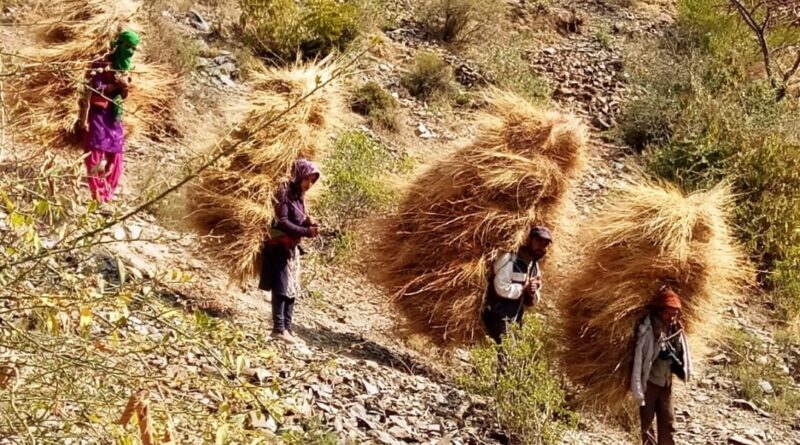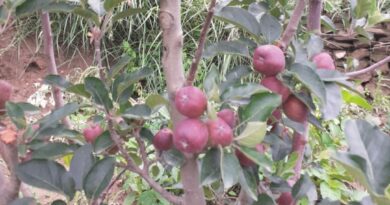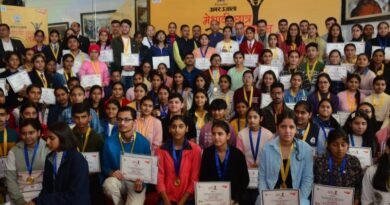Keonthal women embrace modern tools to prepare for harsh winters
In the Keonthal region, the arrival of winter is marked by a flurry of activity among rural women who work tirelessly to ensure their cattle are well-fed during the snowy months. Traditionally armed with sickles, these women would spend days cutting and collecting grass to store fodder. However, with the advent of modern machinery, this age-old process is witnessing a significant shift.
Progressive farmers like Dayaram Verma and Pritam Singh Thakur explain that October and November are crucial months for rural communities. During this time, farmers harvest maize and pulses while also preparing fodder for their livestock. In the past, women would gather in groups for “Gasai” or “Nalai,” a communal activity where they cut grass and entertained themselves with Pahari songs and discussions. This tradition fostered a sense of community and empowerment among women.
Today, grass-cutting machines have replaced traditional methods, saving time and effort. Despite this modernization, the physical strength and resilience of rural women remain remarkable. Many still carry heavy loads of up to two maunds (approximately 80 kg) of grass and wood from distances of 4–5 kilometers. The collected grass is stored in structures called “Gomat,” which protect the fodder from moisture during rains, ensuring a steady supply for the cattle throughout winter.
Dayaram Verma highlights that animal husbandry remains integral to rural life, complementing agricultural practices. He emphasizes that advanced farming is inseparable from livestock care, making the collection and storage of fodder a critical aspect of rural livelihoods.
While machines have eased the workload, the transition also marks the fading of communal traditions that once defined the region’s cultural fabric. The shift underscores the balance rural communities must strike between preserving traditions and embracing progress.



